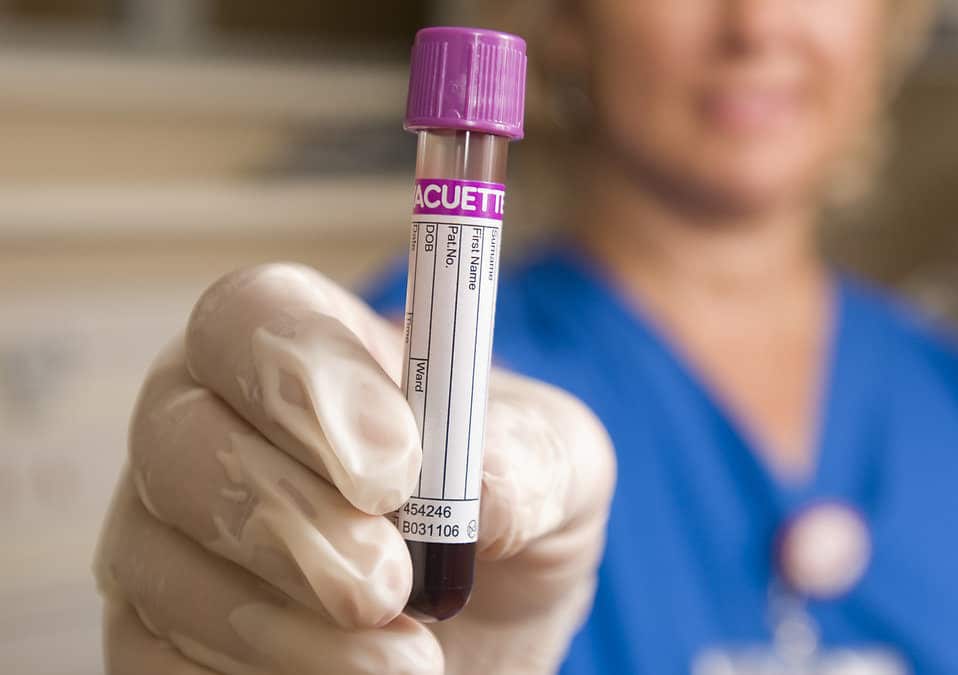On Cartilage Regeneration
Since we practice in an emerging discipline of Regenerative Medicine, how is regeneration determined? Cartilage repair should be evaluated with use of a scoring system that considers the volume of the defect that becomes filled with repair tissue, the integration of repair tissue with adjacent cartilage, and the macroscopic appearance and biomechanical properties of the repair site. The macroscopic assessment is particularly important in evaluating cartilage repair because it provides information about the quality of the full repair site compared to the incidental histological assessment which only evaluates a biopsy of the repair site.
If the aforementioned answer to my introductory question may seem scientifically oriented, that is purposeful on my part; because only those able to explain Regenerative Medicine on a clinical, technical and scientific basis should be caring for your arthritic joint.
While an arthroscopic evaluation provides the best opportunity for a determination of joint regeneration 18 months or greater following a Bone Marrow or Platelet Rich Plasma or other cellular orthopedic intervention for arthritis, an invasive surgical evaluation is not realistic. For a quantitative MRI to assist in the assessment requires availability of a specialized imaging center and there are just too many variables to allow for dependable quantitation; expense is prohibitive. The most dependable and reproduceable means of measuring the arthritic or injured joint response to a cellular orthopedic intervention is a history and physical examination, the latter completed with a tape measure and goniometer as well as an activity assessment. By comparing a baseline measurement prior to an intervention and at serial intervals following the procedure, one may determine if regeneration is indeed taking place and thus establish clinical practice guidelines and determine Evidence Based Quality and Value.
Now for the real question, does cartilage regeneration need to take place on a macroscopic level for cellular orthopedics to succeed? New therapies such as bone marrow derived stem cells, growth factors and cytokines; platelet-rich plasma (PRP); and IRAP (interleukin-1 receptor antagonist protein) first and foremost address the bio-immune basis of degenerative arthritis. By controlling the pain and eliminating inflammation; stopping the progression (at least slowing) of Osteoarthritis; reversing scarring, thus improving motion and function; and lastly, possibly regenerating cartilage for those in whom regeneration is possible. From the editors of the Encyclopedia Britannica: “Interleukin (IL), any of a group of naturally occurring proteins that mediate communication between cells. Interleukins regulate cell growth, differentiation, and motility. They are particularly important in stimulating immune responses, such as inflammation.”
Should our future blogs and discussions address not cartilage regeneration but rather reversing the proinflammatory cytokine production from the synovial lining of the inflamed knee? One such possible pharmacological treatment of OA is anticytokine therapy. Interleukin-1 (IL-1), as a main inflammatory and catabolic cytokine in the pathophysiology of OA, represents one of the possible treatment targets. Koby Bryant was one of the first highly visible professional athletes who travelled to Germany over eight years ago for Interleukin-1 Receptor Antagonist Protein intervention for an arthritic knee. Many, have followed including golfer Fred Couples for his problematic back.
If this Blog has introduced new considerations and questions, then let me clarify. Call 312 475 1893 to schedule an appointment. You may watch my webinar at www.Ilcellulartherapy.com
Tags: arthritis, bone marrow, Hip Replacement, Interleukin, Interleukin-1 Receptor Antagonist, IRAP, Knee Pain Relief, Osteoarthritis, stem cell treatment, stem cells, Subchondroplasty
